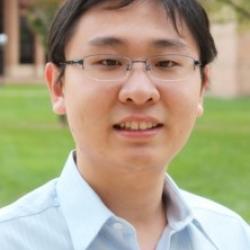
The Internet of Things (IoT) is expected to connect our physical world with billions of sensors and actuators, transforming the way we live and work, as well as creating enormous business markets. Security and privacy are seen as the most critical challenges to IoT growth in the future. Because of the severe energy and cost constraints as well as physical exposure of the IoT devices, software-only security cannot meet the performance demands and faces a variety of new threats targeting hardware, such as cache attacks, side-channel attacks, and semiconductor supply chain attacks. Therefore, to meet the unique challenges of IoT security, hardware designs are in strong demand to complement software defenses, specifically for providing efficient roots of trust, acceleration of secure communications, and protections against physical attacks. Security spans the complete stack of a system and can only be solved holistically through cross-layer co-optimizations.
In this talk, I will present hardware designs for IoT security, which cross analog and digital domains and incorporate system considerations. I will first present robust and portable true random number generators (TRNG) and physically unclonable functions (PUF) as roots of trusts for key generation and storage. Several of the designs employ commonly avoided higher order harmonics in multi-mode oscillators as entropy sources. Then, a compact and energy-efficient crypto accelerator for Advanced Encryption Standard (AES) will be shown as another type of fundamental block to support secure IoT system. On the other hand, finding potential security flaws is an indispensable part of enhancing system security. I will unveil one potential vulnerability of integrated circuits by presenting a hardware Trojan attack leveraging analog behaviors of processors, which represents the first fabrication-time hardware attack that is small, stealthy and controllable. Lastly, I will conclude the talk with my vision on future low-power and secure hardware platforms for various IoT applications, which requires strong security primitives, functional blocks (for sensing, power management and processing) fused with analog and digital security protections, and secure communication protocols co-optimized with hardware.
Executive Assistant to the Department Chair
sbattaglia@ucsd.edu | Ph: (858) 534-7013
